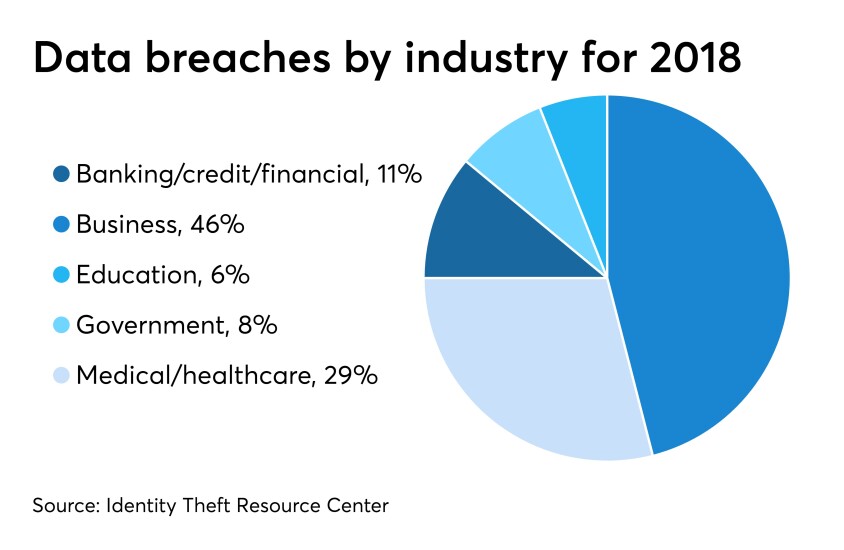
The month ends, the worries continue
Read on for highlights from this month's special report.

Faster phones, bigger threats
“We’re trying to move to a more automated approach in identifying threats and pointing out to human beings what to look at,” said Rob Hoyle, chief information officer at the $971 million-asset Credit Union of America in Wichita, Kan. “That will play into the 5G conversation pretty significantly.”
To read more,

Innovate or wait?
An executive at one of the nation's leading core providers says he understands that frustration, but core providers must also deal with their own cybersecurity issues and other factors.
"I certainly appreciate the frustrations that everybody has," Bruce Lowthers, president of banking solutions at FIS, said in an interview with Credit Union Journal's sister publication, American Banker. "It goes back to that changing expectation of technology and what their clients are looking for."
For more,

You can't always get what you want?
To read more,

What keeps CU leaders up at night?
For more,

Passwords are passe
“Any remote user is considered a high risk since we’re not in control of their home networks. In our case, our remote users are risky. So they’re going to use MFA or two-factor authentication," said Robert Smith, information security officer at the $748 million-asset Tropical Financial Credit Union in Miramar, Fla.
To read more,

CUs must spend to be cybersecure
But with hacks and data breaches a regular part of life now, experts advise that it's not a matter of if a credit union gets attacked but when. Fortunately, there are steps CUs can take to move past the event when it happens. For more,





